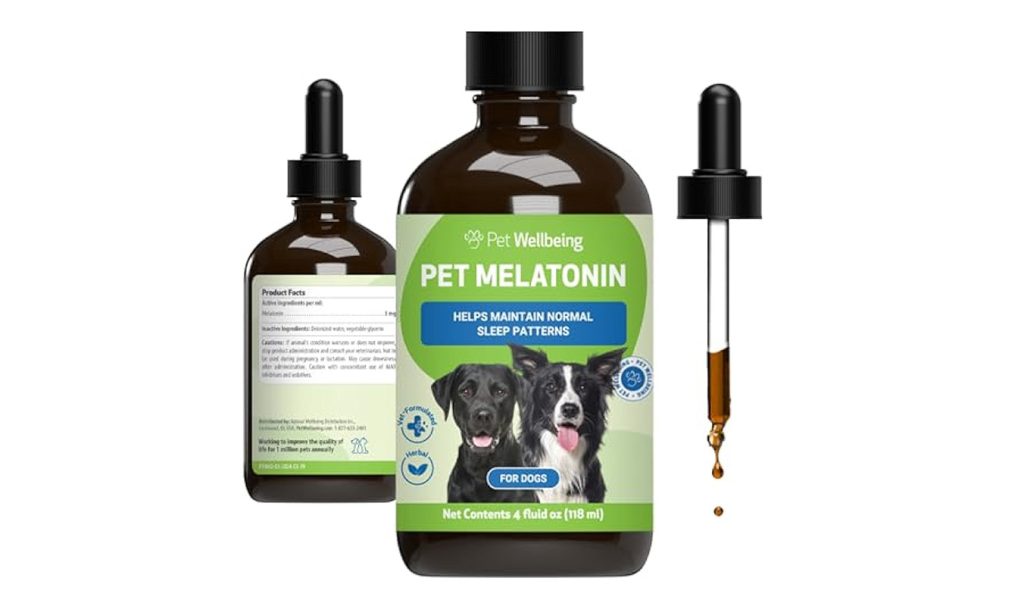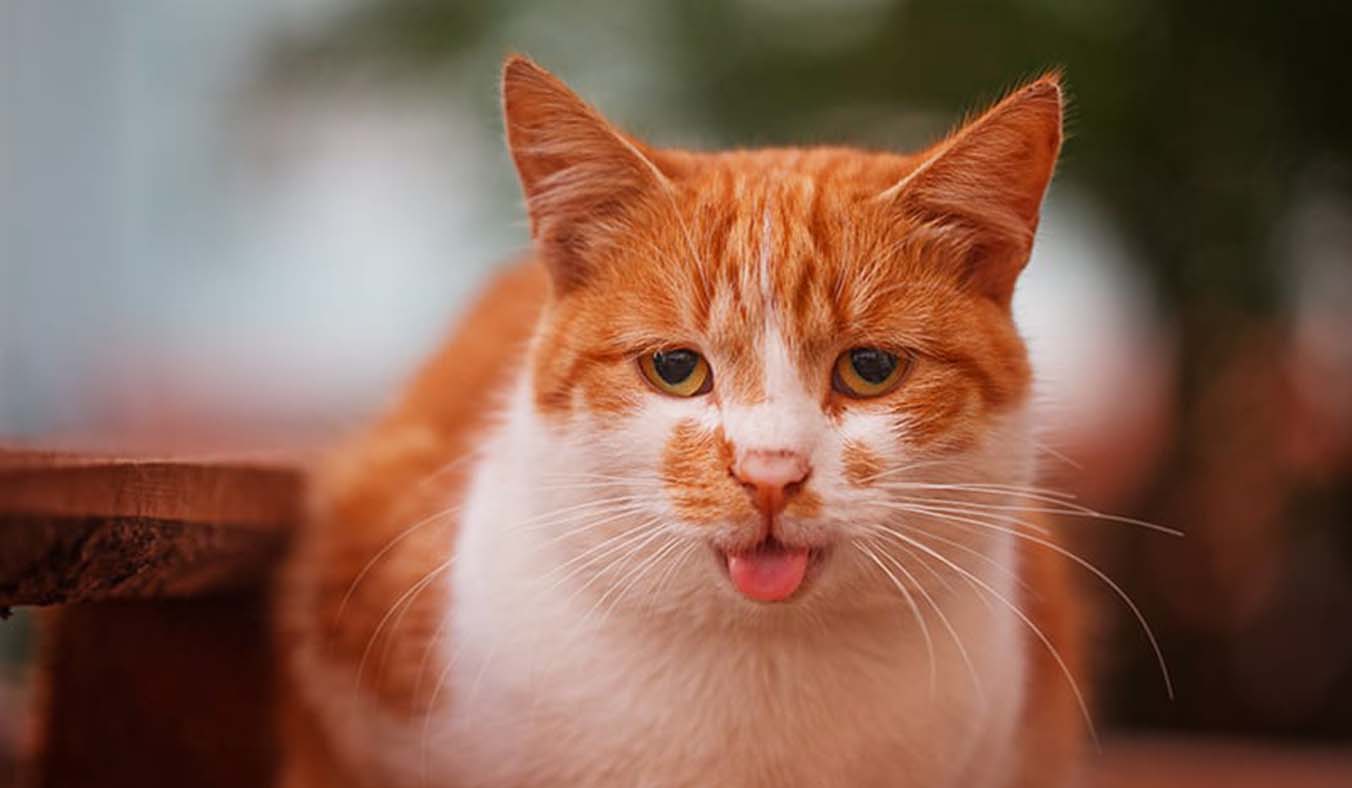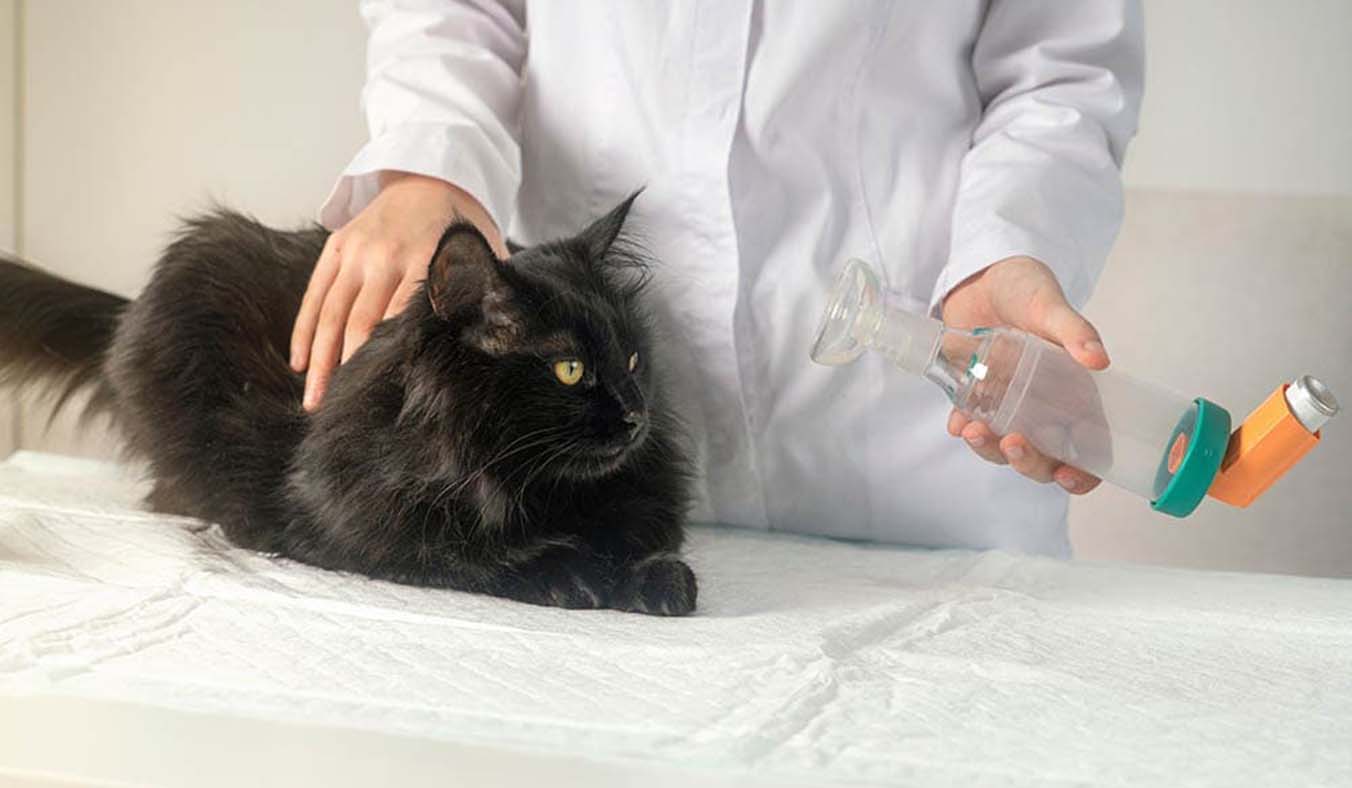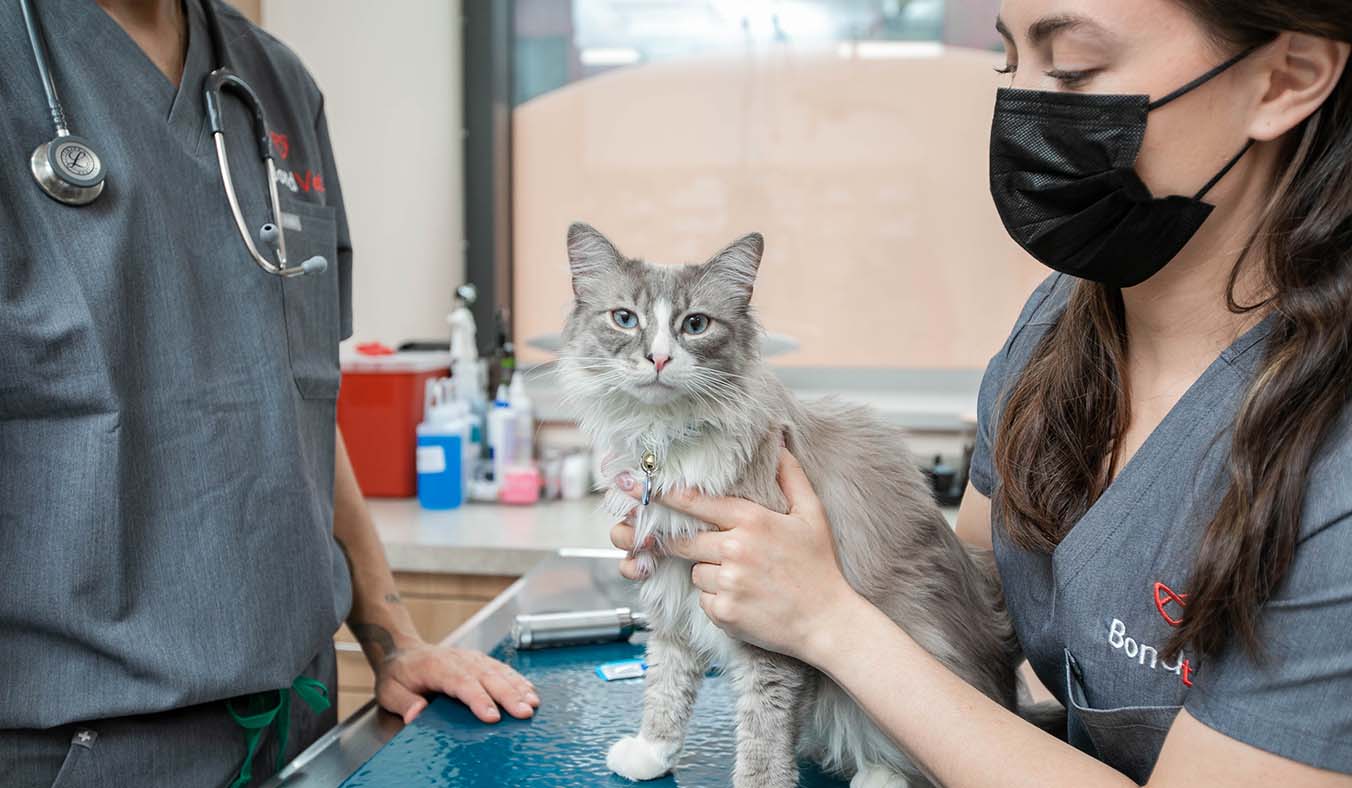The UK is known for its distinctive climate—humid, rainy, and with significant temperature fluctuations between day and night. Winters, in particular, are cold and damp, posing a serious challenge to the respiratory systems of pets. Many owners may notice that their cats or dogs tend to sneeze, cough, or even develop runny noses and wheezing more frequently during the autumn and winter months. Behind these symptoms often lie signs of suboptimal respiratory health.
I used to think these were just minor issues—until a personal experience made me realize how profoundly a damp climate can impact a pet’s respiratory health. That incident led me to deeply explore this subject, from environmental control to nutritional support, and to the choice of daily care products. Every detail matters when it comes to our pets’ comfort and wellbeing.
I. The “Invisible Killers” in Humid Environments: Why Pets’ Respiratory Systems Are Vulnerable
Like humans, pets’ respiratory systems are open to the environment. They are directly exposed to the air, which means any drop in air quality or sudden change in humidity can easily irritate their respiratory tract.
1. High Humidity Encourages Pathogen Growth
In most parts of the UK, the average relative humidity is over 70%, and persistent rainfall in winter keeps the indoor and outdoor air nearly saturated. For pets, this doesn’t just mean discomfort—it also means:
- Viruses and bacteria, such as rhinovirus, parainfluenza, and mycoplasma, multiply rapidly;
- Mold spores increase, triggering allergic reactions;
- In poorly ventilated spaces, airborne pollutants linger longer and irritate the airways more intensely.
2. Sudden Temperature Changes Trigger Inflammation
The UK’s large temperature swings between day and night are another culprit. Even when the sun is out during the day, nights can be bitterly cold. Pets frequently moving between indoors and outdoors experience abrupt temperature shifts that can lead to inflamed respiratory mucosa and excess mucus production. Over time, this can develop into chronic bronchitis or tracheitis.
3. Small Breeds and Short-Nosed Pets Are More Prone
Not all pets are equally sensitive to damp weather. The following groups are particularly vulnerable:
- Brachycephalic breeds (e.g., Pugs, French Bulldogs, Boston Terriers): born with narrow airways and poor self-regulation;
- Small dog breeds (e.g., Pomeranians, Yorkshire Terriers): small tracheas make them more sensitive to temperature and humidity;
- Senior or chronically ill pets: have weakened respiratory defenses.
II. How Respiratory Issues Manifest: Don’t Ignore That “Little Cough”
Many owners dismiss occasional sneezing or coughing as a normal seasonal reaction. But these seemingly minor symptoms could point to:

1. Upper Respiratory Infections (URI)
Symptoms include sneezing, clear nasal discharge, and watery eyes. Pets may develop a congested nose or mild cough. This is often viral and highly contagious—especially among cats.
2. Chronic Tracheitis
Characterized by dry or phlegmy coughs, often worsening at night or during damp weather. This is common in small or older dogs.
3. Bronchitis or Lung Infections
Symptoms include coughing with wheezing, fatigue, loss of appetite, and even fever. These require prompt veterinary attention to prevent pneumonia or chronic respiratory failure.
4. Allergic Respiratory Reactions
Triggered by dust mites, mold, or pollen, resulting in wheezing, nasal congestion, and eye rubbing—similar to human hay fever. Carpets and central heating systems in UK homes often exacerbate these issues.
III. Daily Care: An Integrated Approach from Environment–Nutrition–Products
1. Create a Comfortable, Dry Indoor Environment
(1) Dehumidify and Ventilate Daily
- Use a dehumidifier to maintain humidity between 50%-60%;
- Open windows at least twice daily to circulate air;
- Inspect and clean mold-prone corners regularly.
(2) Keep Warm, But Not Overheated
- Ideal indoor temperature: 18°C–22°C;
- Use heating pads with temperature control to prevent burns;
- Avoid prolonged use of humidifiers—especially when the environment is already damp.
(3) Clean and Replace Bedding Frequently
Wash and fully dry pet beds, blankets, and cushions regularly. In rainy seasons, consider changing bedding weekly to prevent mold and nasal irritation.
2. Nutritional Support: Boosting Immunity and Airway Resilience
Respiratory health is closely linked to nutrition. A balanced diet significantly strengthens resistance to illness.
(1) Add Vitamin C and E
These antioxidants protect respiratory cells from oxidative stress, aiding in inflammation reduction and tissue repair. Natural sources like blueberry or pumpkin powder are ideal supplements.
(2) Increase Omega-3 Fatty Acids
Help reduce inflammation. Use high-quality fish oils like salmon or sardine oil (specifically formulated for pets) to avoid heavy metal contamination.
(3) Ensure Proper Protein Intake
High-quality, easily digestible animal proteins—like chicken breast, turkey, or hydrolyzed protein—support immune function and tissue healing.
(4) Herbal Remedies (With Veterinary Guidance)
Chinese herbs such as Isatis root or Houttuynia cordata have been formulated into pet-safe products for respiratory support. Always consult a vet before using them.
3. Respiratory Health Products: Prevention is Better Than Cure
(1) Air Purifiers with HEPA Filters
Effectively remove airborne irritants like dust mites, pollen, bacteria, and virus particles, lowering allergen exposure.
(2) Pet Throat Soothing Sprays
Natural herbal sprays can ease early-stage symptoms like dry cough or throat irritation. Avoid alcohol-based or harsh chemical formulas.
(3) Respiratory Support Supplements
Tablets containing echinacea, ginkgo, or propolis help support immunity—especially for pets with mild symptoms or elderly pets during seasonal transitions.
(4) Clothing and Weather Protection
Outfits like raincoats, thermal jackets, and doggy boots help protect pets from wind and moisture during walks, especially short-haired or older animals.

IV. Regular Check-Ups: Catch Problems Early
1. Routine Vet Visits
Get a full check-up every autumn or winter, including chest auscultation, blood tests, and X-rays to screen for tracheal collapse or bronchitis.
2. Stay Up-to-Date on Vaccines and Parasite Prevention
Respiratory defenses rely on both environmental care and biological protection. Vaccines can prevent common infections like kennel cough or feline viral rhinitis.
3. Monitor Changes in Health
Look out for:
- Increased sneezing or snorting
- Noisy or wheezy breathing
- Fatigue or reduced activity
- Worsening nighttime coughing
If symptoms persist for over three days, seek veterinary help instead of waiting it out.
V. Emotional Wellbeing: Don’t Underestimate the Role of Stress
In the UK, shorter daylight hours and less outdoor activity in winter can make pets feel lonely and stressed. This impacts their sleep and immune function, indirectly increasing infection risk.
How to ease pet anxiety:
- Stick to regular playtime and affection routines;
- Enrich their environment with puzzle feeders or cat towers;
- Use natural calming aids like melatonin sprays or feline pheromone diffusers;
- Create a warm, safe, and quiet rest area.
VI. It’s Not the Weather Hurting Them—It’s Our Neglect of Their Subtle Cries for Help
Pets can’t tell us what’s wrong, but they do signal it—in their sneezes, their coughs, their shallow breaths. These are quiet pleas for help.
We can’t control the weather. But we can control the environment they live in, and the care we give them. So this damp season, look a little closer. Offer a little more warmth. Because healthy breathing is the first step toward a happy life—for them, and for us.



